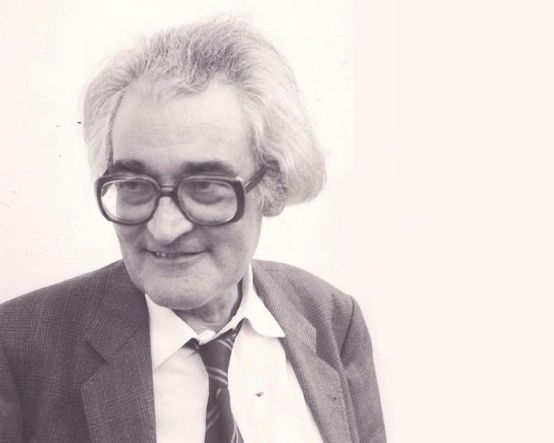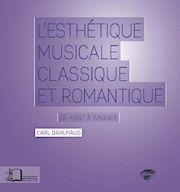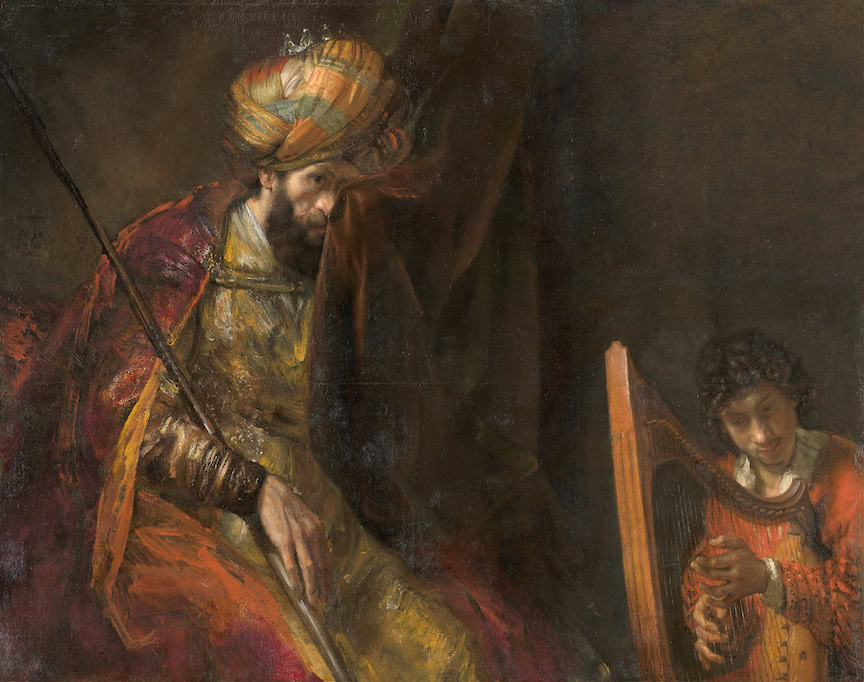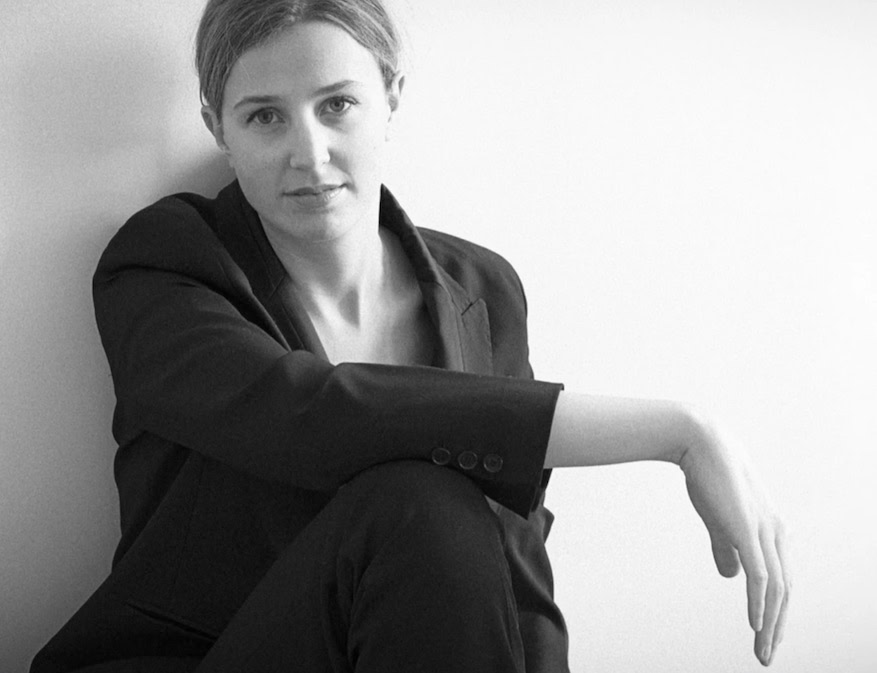The foundations of classico-romantic music
Here, Dahlhaus presents the musical thinking between the "threshold period" (Kosellek) around 1770 and the later decades of the 19th century, which mark the beginning of modernity.

What's fascinating about this text of great density and immense erudition is Carl Dahlhaus's ability to get to the heart of the issues he analyzes. Crossing musical questions with the aesthetic or theoretical ideas that reflected them, he proposes a journey through the 19th century that is not systematic or chronological, but proceeds in concentric circles to reveal the very foundations of classico-romantic music. First, he attempts to define classical aesthetics based on the theory of affects, in opposition to that of the Baroque period, drawing attention, alongside Kant and Schiller, to the lesser-known figure of Karl Philipp Moritz and the links that lead to Romanticism. Recalling the identity of form and content postulated by Hegel, he deduces that affects are not prior to the work of composition, but produced by it (for Mendelssohn, who had attended the philosopher's courses, music is much more precise than words in this sense). Dahlhaus shows how music becomes a world in its own right, "creating and commenting on itself", in Tieck's words. In this way, the idea of "absolute music" was developed at the turn of the century, opening up unlimited spaces for musical experience and tying together the metaphysical and the marvellous.
But the Restoration period, which began with the Congress of Vienna and lasted until the revolutions of 1848, reshuffled the deck: bourgeois culture developed musical institutions whose function was as much social as cultural. The trivial and the spirit of entertainment made their entrance, prompting Romantic composers to become critics and to value the poetic. Dahlhaus provides an in-depth analysis of the battle of ideas that led them to take up the pen, and the conflict between absolute music and program music that marked the second half of the century. The "work of the mind on a material proper to the mind" (chapter 5), which refers to Hanslick, the ardent defender of the former, is opposed by "the aporias of program music" (chapter 6), which deals with the Lisztian symphonic poem.
The last part of this book, which cannot be summarized, logically leads on to Wagner's relationship with program music, Bach, Berlioz, Nietzsche and Schopenhauer, and Claude Lévi-Strauss's reading of it; the title of the chapter, Opus metaphysicumrefers to the Doctor Faustus of Thomas Mann, which leads to the utopian vision of Expressionist thinker Ernst Bloch.
Classico-Romantic music is thus placed in its aesthetic and philosophical context, without which it can scarcely be understood in depth (Dahlhaus deals primarily with German music and thought). In a century in which composers engage in dialogue with philosophers and artists from other fields, and music becomes a model for other arts and thought, we can no longer confine ourselves to the notes of the score alone! That's why this book should be read and discussed at music colleges. It also helps us to grasp the stakes of what followed in the 20th century, when music, in rethinking its own foundations, was denied the right to exist and marginalized.
The multi-hand translation is remarkable in every way, and the square-format edition is of fine graphic quality.
Carl Dahlhaus: Classical and Romantic musical aesthetics. De Kant à Wagner, C. Couturier-Heinrich, J-F. Laplénie, L. Marignac and S. Zilberfarb, 635 p., € 40.00, Éditions Rue d'Ulm, Paris 2019, ISBN-978-2-7288-0591-4









